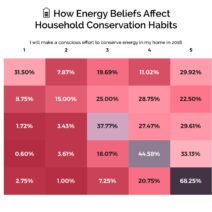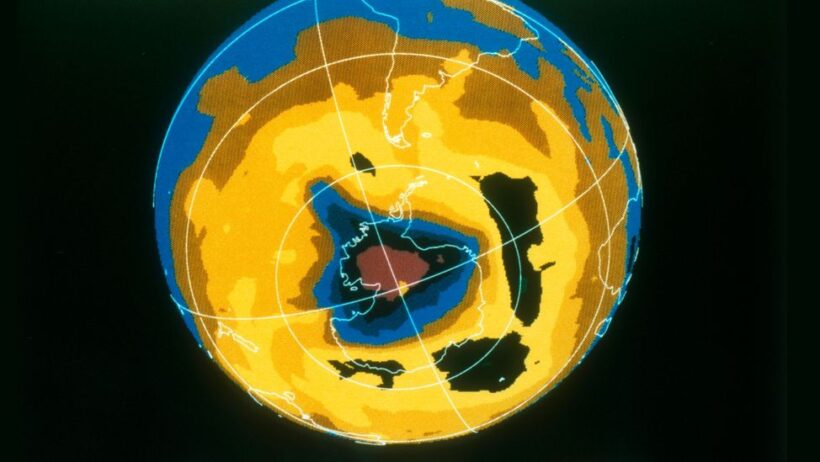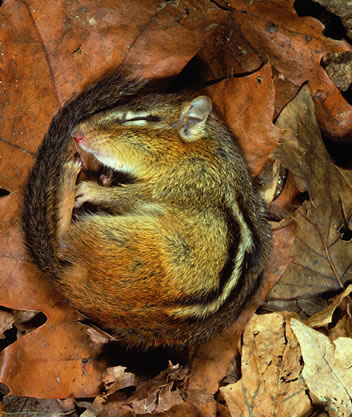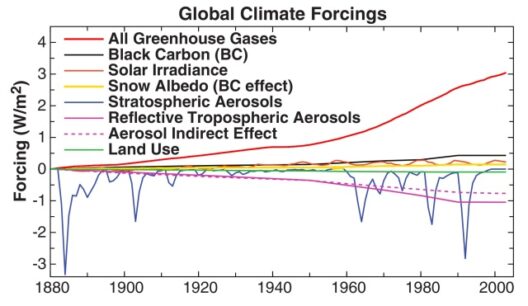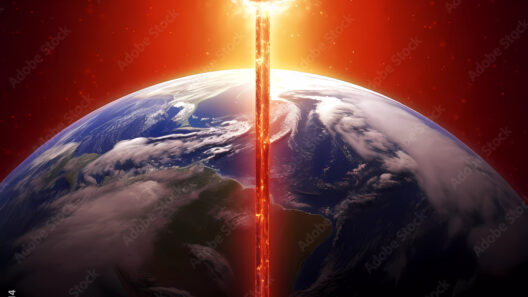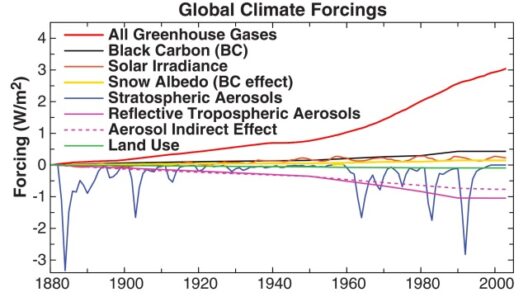The ozone layer and global warming are two pivotal topics in the discourse surrounding environmental degradation. While they may seem, at first glance, to be unrelated phenomena, a closer examination reveals intriguing connections worthy of exploration. So, is the ozone hole connected to global warming? To unravel this query, let us delve into the distinct yet interrelated tapestries of atmospheric science, chemistry, and human influence on the Earth’s climate system.
The ozone layer, situated in the stratosphere, serves as Earth’s protective shield against ultraviolet (UV) radiation from the sun. The depletion of this layer, notably through the formation of the ozone hole above Antarctica, stems largely from human-made chemicals called chlorofluorocarbons (CFCs). These compounds, once widely used in refrigeration, aerosols, and foam-blowing agents, have been responsible for ozone depletion. When CFCs are released into the atmosphere, they ascend, ultimately reaching the stratosphere. There, ultraviolet radiation breaks them down, releasing chlorine atoms that catalyze the destruction of ozone molecules.
In contrast, global warming, a consequence of increased greenhouse gas emissions—such as carbon dioxide (CO2) and methane (CH4)—is primarily driven by the combustion of fossil fuels, deforestation, and industrial activities. As greenhouse gases accumulate in the atmosphere, they trap heat, leading to a rise in global temperatures. This warming can have severe ramifications for ecosystems, weather patterns, and sea levels.
At first glance, the processes that result in ozone depletion and global warming appear disjointed, yet they share a common thread: human activity. Both scenarios are, in essence, byproducts of industrialization and our ongoing reliance on fossil fuels and synthetic chemicals. However, intriguing interactions exist between the ozone layer and climate change that present both challenges and opportunities for confronting these environmental crises.
One of the most salient connections between the ozone hole and global warming lies in the stratosphere’s response to climate change. A warmer troposphere—the layer of the atmosphere closest to the Earth’s surface—can lead to cooling in the stratosphere. Interestingly, this cooling can exacerbate the ozone depletion process. The colder temperatures contribute to the formation of polar stratospheric clouds (PSCs), which facilitate the chemical reactions that destroy ozone molecules. Thus, one might playfully ask: could our efforts to combat climate change inadvertently worsen ozone depletion?
This question encapsulates the complexity of atmospheric science. As we pursue aggressive measures to reduce greenhouse gas emissions, we must also remain vigilant about the impacts these changes may engender in the stratosphere. The dynamics at play are multifaceted, emphasizing the need for an integrated approach to environmental policy—one that simultaneously addresses both ozone depletion and climate change.
Moreover, the intersection of these two issues extends to the realm of policy and international cooperation. The Montreal Protocol of 1987, an international treaty designed to phase out substances responsible for ozone depletion, has been termed one of the most successful environmental agreements in history. It offers a pivotal lesson on the value of global collaboration. As nations unified to rectify the wrongs of their industrial activities, significant progress has been made in healing the ozone layer. The ozone hole has shown signs of recovery, a testament to what can be achieved when countries commit to environmental stewardship.
However, this success story does not negate the need to address global warming. The same collaborative spirit evident in the Montreal Protocol must now extend to climate change initiatives. In this context, we face a dual challenge: ensuring the ozone layer’s restoration while curbing greenhouse gas emissions to slow the pace of global warming. Failure on either front could result in exacerbated atmospheric conditions, creating a feedback loop that may hinder our ability to maintain a stable climate.
Additionally, the implications of stratospheric processes on weather patterns further complicate the relationship between ozone depletion and climate change. Changes in ozone concentrations can influence atmospheric circulation, potentially disrupting precipitation patterns and impacting ecosystems on the surface. Consider the implications of an altered climate system on agriculture, water resources, and biodiversity. This entanglement of issues makes the question of whether the ozone hole is connected to global warming not merely academic but one of urgent relevance.
To further illuminate this connection, one must also consider the role of natural phenomena. Volcanic eruptions and solar activity can influence ozone levels, adding another layer of complexity to understanding these dynamics. For instance, considerable volcanic activity can inject particulates into the stratosphere, which can interact with ozone and sunlight, further complicating the delicate balance of atmospheric chemistry.
Ultimately, as we wrestle with these environmental enigmas, the path forward must be grounded in scientific understanding and ecological responsibility. In addressing whether the ozone hole is connected to global warming, we are reminded that the Earth’s systems are deeply interwoven. Solutions must be holistic, considering the multifaceted relationships between pollutants, climate change, and atmospheric processes.
As both the ozone layer and climate change impact human health, biodiversity, and the stability of ecosystems, it compels us to question our everyday actions and policies. Reflect on this: as activists, policymakers, and concerned citizens, how do we prioritize efforts that address both of these critical challenges? The collective wisdom of scientists and conservationists, coupled with informed public engagement, will be pivotal in determining our success in safeguarding the planet for future generations.

